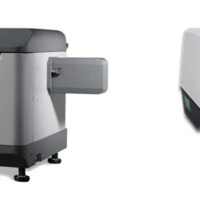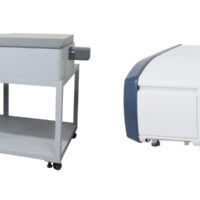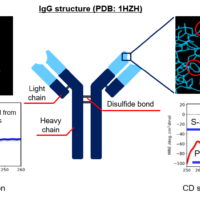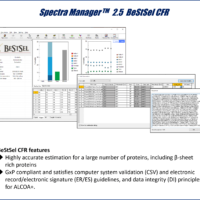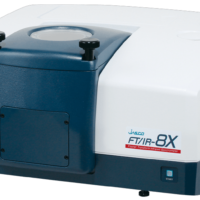Baseline and blank measurement method
In textbooks, the method for measuring the baseline and blank is often described as "solvent / solvent", but it is now unnecessary to place anything in the reference beam.
Of course, there is no problem with the solvent / solvent method. However, the results are the same whether it is used or not. When measuring solids such as glass plates, use the "air / air" method.
Why nothing needs to be placed on the reference side?
As shown in Fig. 14, since the reference light intensity R* is canceled when calculating %T (Abs), the same result is obtained regardless of the presence or absence of a solvent on the reference light beam side.
Why do textbooks say that solvent should be placed in the reference light path?
In the days before computer control of equipment, baseline correction calculations could not be performed, and measurement results were recorded directly on chart paper. It was therefore necessary to set Abs 0 or 100 %T optically by placing a solvent in the reference beam.
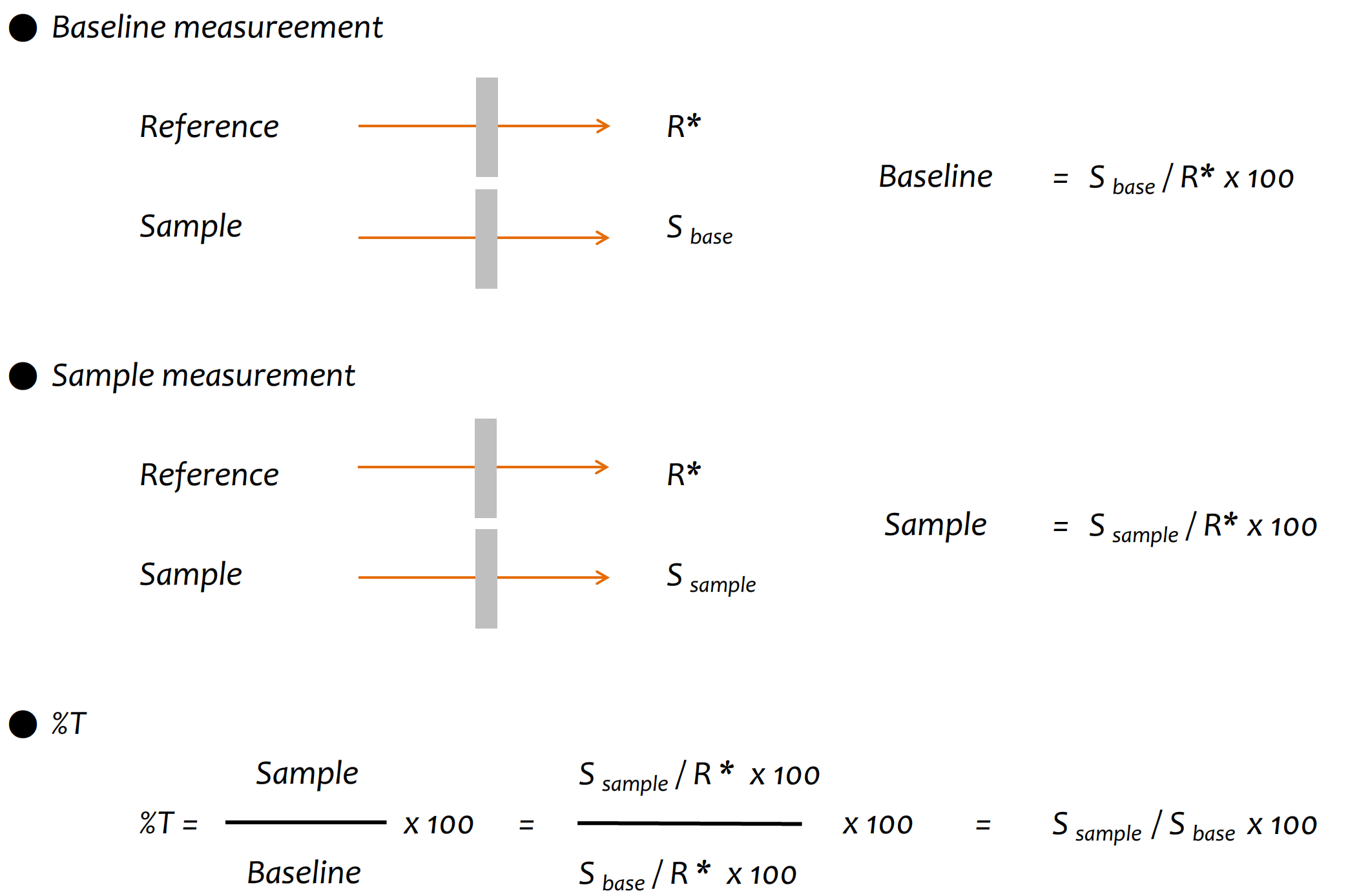
Fig.14 Baseline/blank measurement method
Why do we need a reference beam?
By taking a ratio, fluctuations of the light source are compensated for and variations in the photometric value are suppressed (Fig. 15).
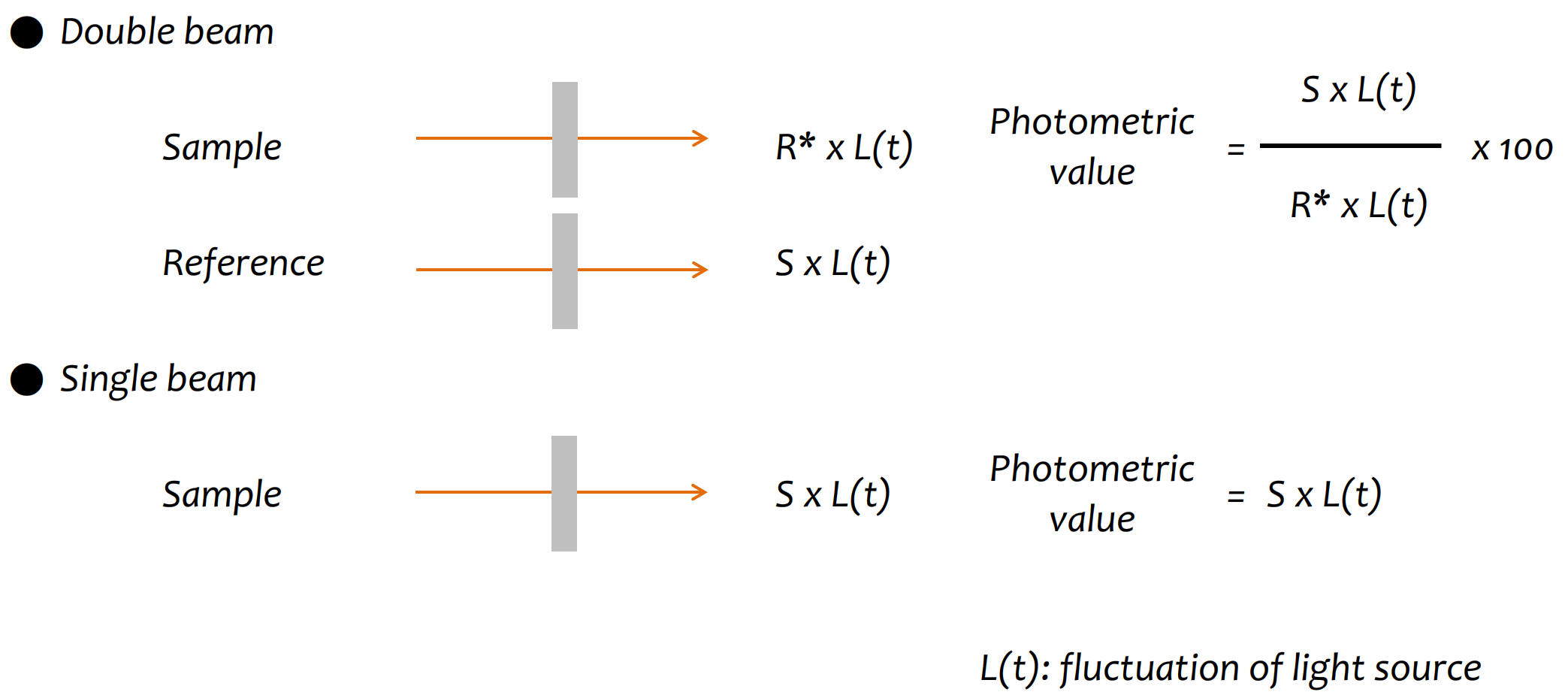 Fig. 15 Double beam vs. single beam
Fig. 15 Double beam vs. single beam
Cases where a solvent is placed in the reference light path
This is effective when the solvent to be measured is absorbing, and improves the S/N ratio and dynamic range (Fig. 16).
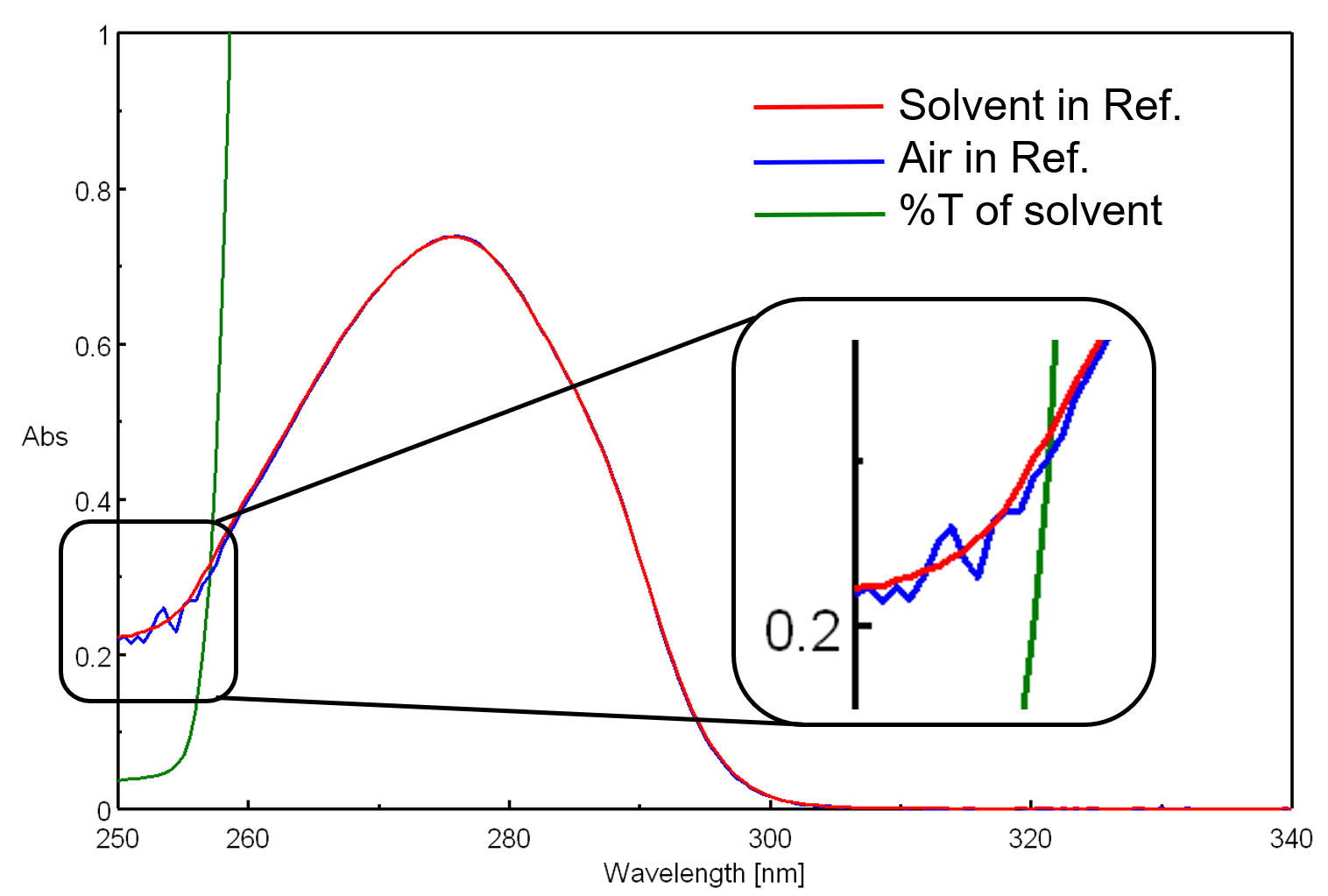
Fig. 16 Sample spectrum with (red) solvent in reference beam path, (blue) air in reference beam path, and (green) solvent spectrum.

